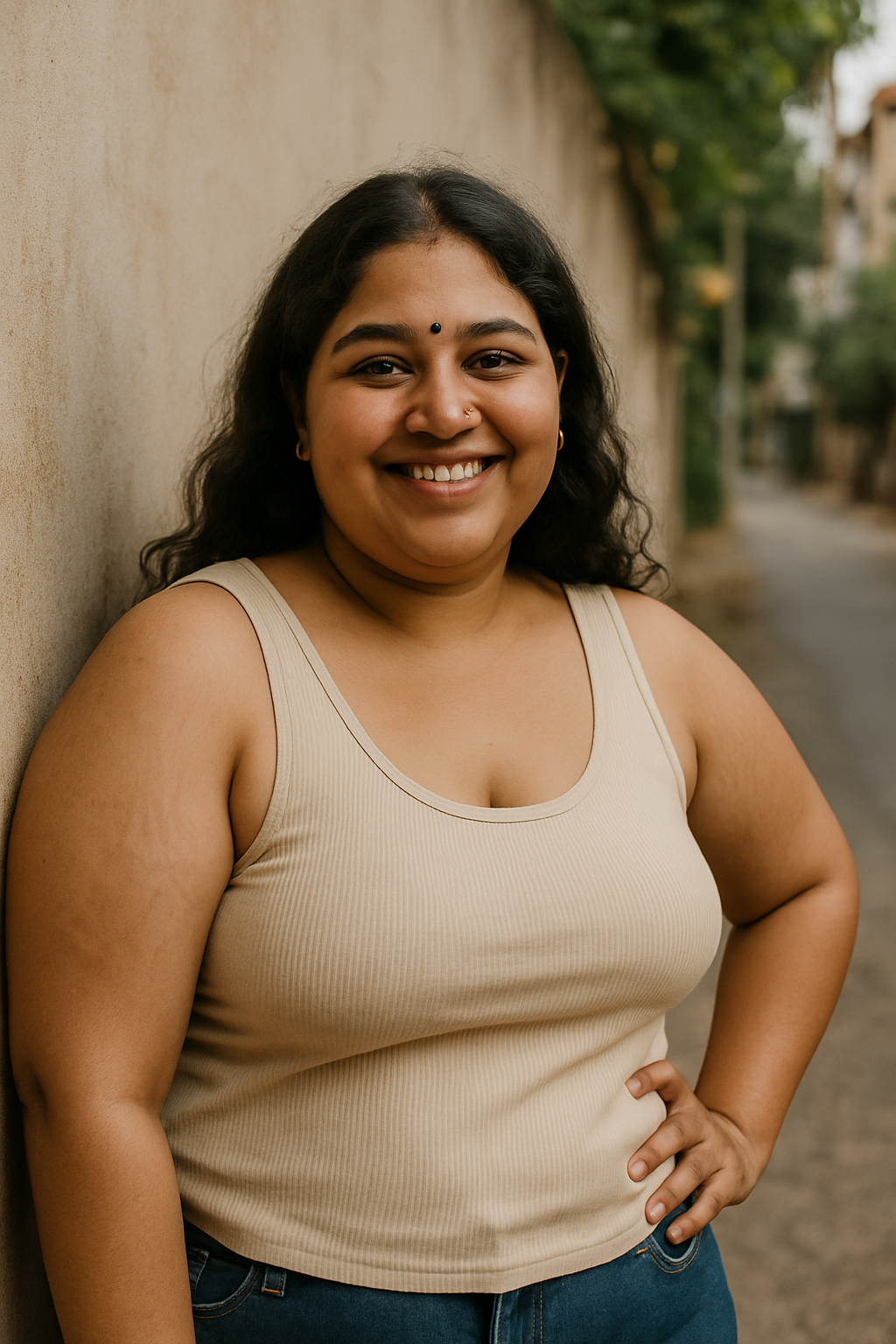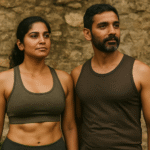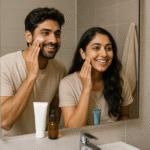The Best Fluffy Pancakes recipe you will fall in love with. Full of tips and tricks to help you make the best pancakes.

A personal reflection on the complicated gap between how we see ourselves online and how we actually feel in our bodies — and how movement helped me bridge that divide
I have always lived in a body that has felt too much when it was just right – but it felt too much, all the time. And, then suffering from hypothyroidism, PCOS and physical injuries with limited mobility made things worse for me when I realized that I lost the perfect body. The folds in the back felt imperfect, the rolls under the stomach felt even worse – why was my body so different? Why wasn’t I skinny – maybe I would have been loved better if I only I had the right body type. Maybe, if I didn’t develop earlier than most girls, I would have been able to play sports for longer, riding bicycle across without a care in the world.
The Myth of Body Positivity
What even is Body Positivity and what’s been the whole deal about the body positivity movement? It is just one of the way that people justify being fat, take up more space on airplanes or consume more resources and place greater burden on their loved ones or the healthcare system. Look at everything happening in Hollywood and Bollywood now, celebrities are losing weight thanks to Mounjaro and Ozempic. It figures body positivity is only for the poor people. Hmm, but is it really?
MH101
Let me end the debate for once and for all here and now. Body positivity does not exist so Fat or Obese people can get away with losing even though several use it as an excuse, but it actually is the Baseline of accepting an otherwise not current beauty trend promoting “Beauty and Aesthetic Standards” for the Human Body of the Individual. It offers acceptance of all types of bodies, obese. morbidly obese, skinny, disabled, differently abled and others to operate in a baseline of yes each body is different – you cannot box everyone in the same body type or size or mould of appearance.
It just means you can exist in your body and take your sweet time to get comfortable in your present skin, warts and all – until you are ready to make the change, now or never! You get the choice to do what you want to do with your body – even if it means you are going to eat and not workout and become more unhealthy. Yes, but aren’t we promoting Body Positivity as an escapism for people to never become healthy?
Unless you are a fitness freak or an expert who finds it their moral obligation to encourage people to get back into right shape, why would you start caring all of a sudden? Fat Shaming or laughing at fat or differently abled bodies is not really so you think they will become healthy. Let’s take differently abled out of this equation since they have no control over their situation. However, Fat or Obese people do.
A Fat person deserves the same dignity as someone who is not fat simply because they are a person. Their worth is that they are an individual with consciousness and choices – and a life with experiences. Simple as that. However, obese people are often shamed into not accepting themselves due to this constant narrative – a lot of Millennial Women , South Asian families have been routinely called out as fat even whey they were at a healthy weight just because they did not fit beauty standards of the time.
Do you realize the active mental health cost an obese person pays every single moment of their life when they feel trapped in their own body and do not fit the aesthetic standards that everyone is working hard to fit in? Imagine, this person crash diets and adopts a healthy lifestyle and ticks the right boxes – but what of the insane amount of internalized shame in the process – how do you free yourself from that fear – even if you become thin later on – you would never move on from being the fat kid that got picked on.
And, I do understand that there is some virtue into fat shaming a morbidly obese person to lose the excess weight so they can literally stay alive – but of other non-exceptions here. What about the average guy at work or a girl next door or that shy teenager who just got her period and is developing awkwardly? Body positivity in these scenarios offers a much deserved break from judgment and preserves their dignity and sense of “self worth.” This frees up their mental resources and probably gives them the confidence to make the change when or if they are ready for it.
Of course, obese people understand they will never be able to do some things as good as a healthy weight person – there are perks and privilege that come with being at healthy weight and everyone must strive to achieve that – it is a virtuous ideal which does make you happier and fulfilled – but how can you shame people into getting there? You cannot. It must come through the individual’s own will. And, in this context, Body Positivity actually increases the sense and feeling of safety and acceptance for individuals in a world that keeps giving them dozens of chances to feel like, “You are not good enough.” Yes, we know but just let us go by our day and stop rubbing it in – that’s what Body Positivity is all about.
A Body That Always Felt “Too Much”
I have always struggled with thyroid issues. I gain weight easily, and even as a child, I was never the size everyone around me expected me to be. My mother was hyper-aware of this. Her intentions may have been rooted in concern, but the impact often felt like surveillance.
But more than anything she said, it was my own shape that made things difficult. I was curvier than most kids my age — bustier too — and regular clothing sizes rarely fit right. Shoulder straps cut into my skin. School uniforms gaped or pulled in awkward places. I just wanted to be seen as normal. To blend in. But instead, I felt like my body was constantly announcing itself.
I was hypersexualized by adults and peers alike, even though I did nothing to invite it. People constantly told me to cover up, to pull my shirt up, to stop standing “like that.” I internalized all of it. And by the time social media arrived, I was already half out of my body — observing myself the way others always had.
Body Positivity Online Felt Like Another Performance
There was a time I thought I had made peace with my body — because I was consuming “body positivity” content every single day.
Stretch marks. Soft bellies. Unfiltered selfies.
It felt beautiful. It felt brave. It felt empowering.
And yet, somewhere in the middle of that empowerment wave, I found myself feeling… off.
Not worse. Just… not included.
Because even the realness was often curated.
The angles were still flattering.
The lighting still soft and forgiving.
The captions were written in lowercase vulnerability and brand-safe self-love.
And the bodies — though no longer thin in the conventional sense — still looked nothing like mine.
Still smoother. Still clearer. Still confident.
Still… somewhat acceptable.
I followed the influencers we’re all told to love — the ones who “embrace softness” and “normalize flaws.”
I admired @danaemercer for sharing unfiltered photos of belly rolls, cellulite and exposing posing secrets for models and influencers. It all started a long time ago but over a period of time it desensitized and de-influenced me, know what I mean?
I followed Jameela Jamil, Hollywood Actress “The Good Place” boldly call out popular dailies narrative policing women’s bodies and choices over and over again – and I realized so perhaps maybe the entire 2000s size zero narrative pushed on the women of our generations is absolute BS.
It felt honest. Powerful. Healing.
But the more I watched, the more I noticed something I couldn’t quite name. The content was real, but it was also aesthetically framed. It was curated vulnerability. The framing was soft. The pain was digestible.
And once again, I found myself outside the frame. Watching from behind the screen. Admiring the aesthetics of acceptance, while not feeling it in my own skin.
The irony? I thought I was doing the work.
I thought watching “real” bodies would help me accept mine.
But I was still a consumer, not a participant.
I was appreciating representation — not experiencing reclamation.
Appreciation Did Not Come From the Mirror. It Came From the Inside Out.
It had been years since I had truly taken a good look at myself in the mirror. Not in hotel bathrooms. Not while taking selfies. I mean really looked — at my face, my belly, my arms — without bracing myself for critique. Without trying to fix the angle, adjust the lighting, or disappear into my clothes.
I avoided mirrors for a long time. Not because I hated myself. But because I had quietly given up on expecting any comfort from my reflection.
It did not happen all at once. My relationship with my body shifted in the quiet, in the everyday. Not from hashtags or highly lit reels, but from stillness. This is not a story of radical transformation — it is about noticing. Reclaiming. Coming back into my skin after years of watching myself from outside of it.
What finally helped me see my body with something softer than judgment…
Was not a quote. Not a reel. Not a post.
It was a pause.
A moment on the floor.
Stretching, quietly.
My side pulling tight. My breath catching. And then… slowly, deepening.
My body — not posed. Not corrected. Not for show.
Just there.
Alive.
Functioning.
Mine.
That moment was not cute. It was not fit for an Instagram reel.
It was not sexy, aspirational, or inspirational.
But it was true.
And that truth did more for me than five years of filtered softness ever did.
Movement Helped Me Reclaim What Social Media Fragmented
This body I had abandoned in pursuit of angles and affirmation — it started calling me back. Not all at once, and not with noise. It started with discomfort. With tight hips and sore wrists. With the quiet ache of existing only as a reflection and not as a sensation. Slowly, my body began inviting me back into itself, not through the mirror, but through the small moments that asked nothing of me but attention. Not with urgency.
With invitations.
- A walk without earphones
- Knees tucked into my chest while watching TV
- Stretching without a mat
- Shaking out my hands when I felt overstimulated
- Sitting on the floor instead of a chair
- Holding my own hips when I felt like crying
None of this was glamorous.
None of this was content.
It was not a lifestyle.
It was life.
Each time I moved for no one but myself, I reclaimed a piece of something social media had fragmented:
- Safety — the sense that my body was not betraying me
- Sensation — noticing my back, my thighs, my breath without editing it
- Sovereignty — not performing for love, likes, or relatability
This was not performance.
It was presence.
Closing Thought
I am still the same. My body has not radically changed. But now, I am more comfortable living in it — not just seeing it. I have also started the slow and necessary journey of addressing the underlying issues that made embodiment feel so difficult in the first place. That means managing my thyroid levels, checking in with my doctor regularly, making diet choices that support my hormones, and finding a rhythm of movement that does not punish me — but anchors me.
Social media ironically introduced me to the language of body acceptance. I learned the words — body neutrality, intuitive movement, softness without shame. I learned what I was supposed to feel. What I was supposed to say.
But it was movement — unscheduled, unposted, unpretty — that helped me understand what that language meant. It was not a caption. It was not a carousel. It was a felt sense — of returning, of inhabiting, of not needing to be seen to be real.Now, I do not always love my body.
But I notice it.
I respond to it.
I listen to it.
And maybe that is what peace looks like.
Not permanent self-love.
But a soft, consistent relationship.
Built in motion.
Sustained in silence.




